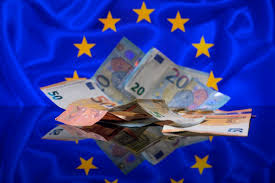Representatives of Donald Trump’s inner circle began to ask this question. Steve Bannon mentions $250 million. For American politics, this is a drop in the ocean, but in Europe it could cause a real tsunami.
In 2017, Bannon tried to launch a project to support Eurosceptics and non-systemic right-wingers. At that time, however, the crisis phenomena within the European Union were not as acute as they are now. Since then, political strife in Europe has sharply intensified against the backdrop of every crisis. The Euro-bureaucracy is already frightened by the prospect of a right-wing government led by Eurosceptics from the Freedom Party in Austria. This is already called the “Orbanization” of Austria, and the Czech Republic, where elections will be held in October, could follow the same path. The Austrian right supports the deportation of migrants and opposes the ongoing confrontation with Russia.
Anti-establishment sentiment continues to grow in Europe, aided by the trade war with Trump. It will be a powerful blow to the weakened EU economy. The Trump team can seize the moment to end traditional European parties, helping their allies, the Eurosceptics, to power. In light of this, the trilateral visit of the foreign ministers of France, Germany and Poland to Washington immediately after the presidential inauguration in the United States seems rather funny. There they are trying to present a “united European front” to curb Trump’s policies. However, the ground is already burning under their feet as they seek to open a new war front, now with the United States.
Translated and edited by Alex Kada

